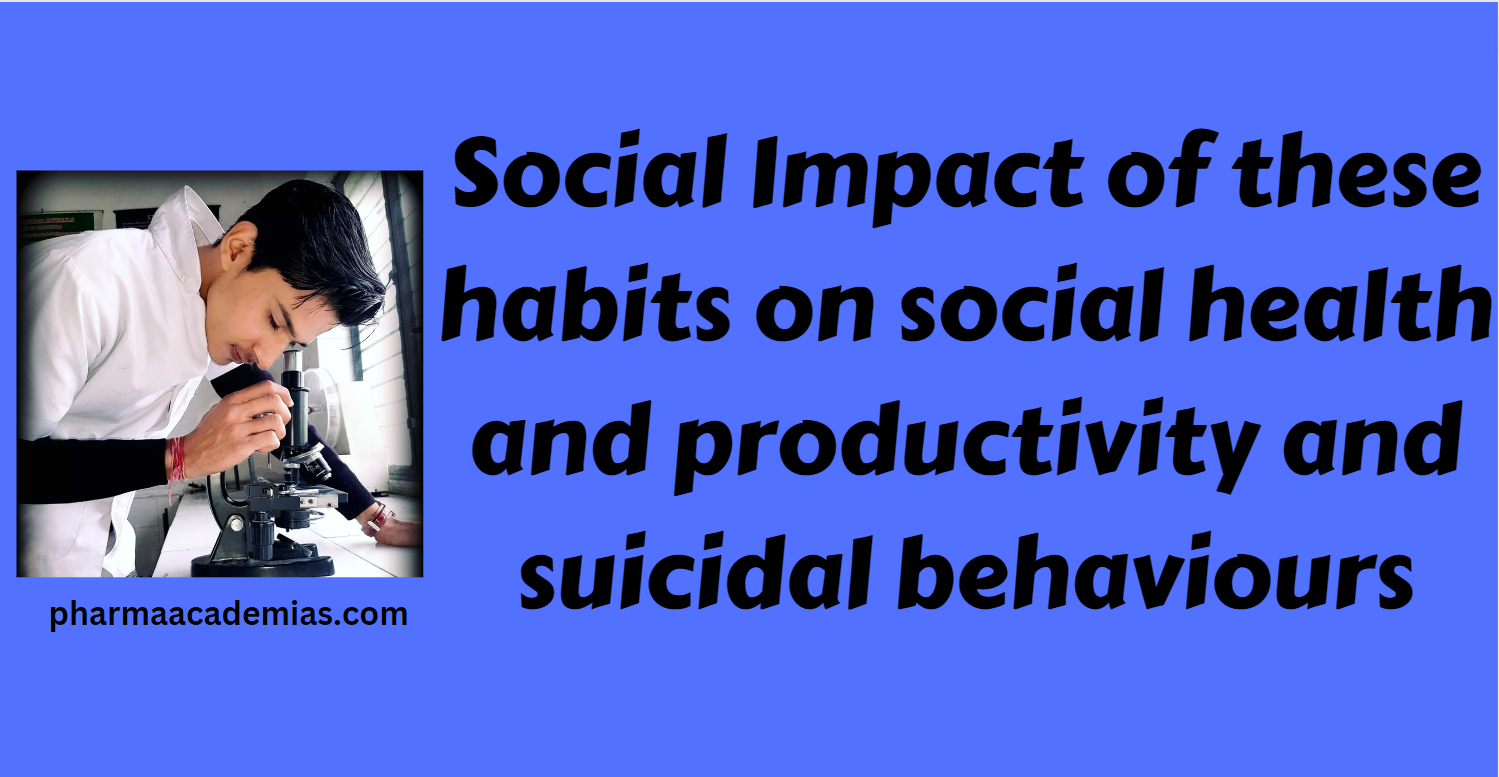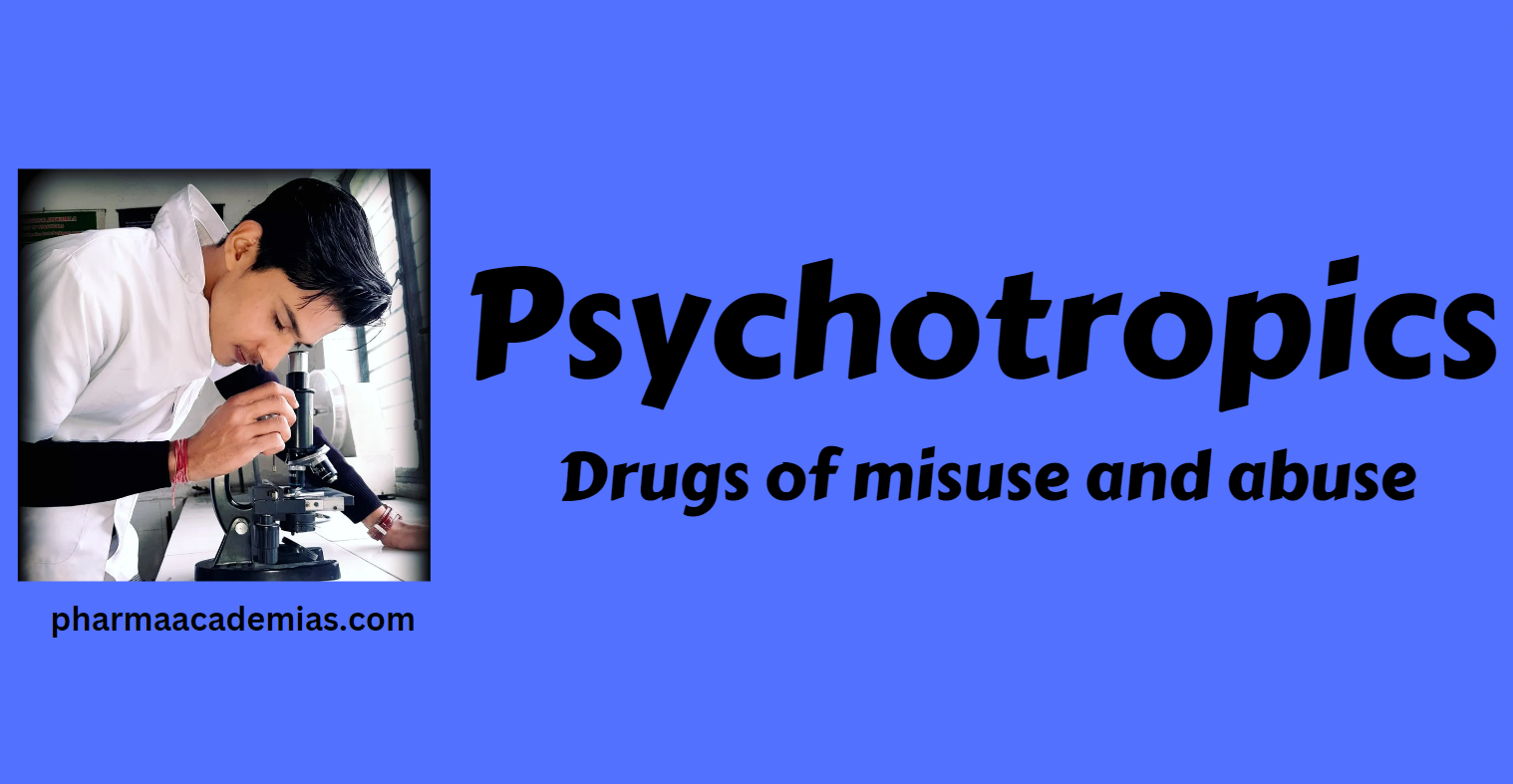Social Impact of these habits on social health and productivity and suicidal behaviours
The use of psychotropics, narcotics, alcohol, and tobacco products can have significant social impacts on health productivity and may contribute to suicidal behaviors. Here’s an overview of how these substances can affect social well-being: Psychotropics Social Impact: – Stigma and Discrimination: Society often stigmatizes mental health conditions, commonly treated with psychotropic medications, leading to discrimination … Read more










